“It’s really a root. The fabric is just there to keep the leaves from getting burnt.”
The sun will burn in and the tobacco crops that show themselves a gnarled fading yellow back from the road and across an stretch of loamy soil are proof of that. It is the first week of October and despite the calendar we are driving along with the windows open. The tobacco fields once covered a significantly larger acreage than now. They are athwart where once they would have been amidst fields of ginseng.
Ginseng is a difficult row to hoe. In parallel furrows stretching to the distant copse there are poles in the ground supporting black tarp which unfurls to cover the plant in its raised bed. The plant will take three to four years to mature and the harvest will be worthwhile. 80% of the ginseng crop in Ontario will be exported to China and because of the significant amount of immigration we have had in major centres in Canada over the last decades, 20% will go to Toronto and Vancouver.
It is a one shot deal. There is a significant complication to growing ginseng. Replant disease it says on the internet as I’m researching the problem. Ted, who is driving, suggests that it is some manner of enzyme that ensures the crop will not be successful in the same field twice for half a century.
If that sounds desperate, it is.
Back in the 1950’s, before we got our best vape mods, when folks went around with a pack of cigarettes in their t-shirt sleeves and nine out of ten doctors recommended you smoke a toasted cigarette for its expectorant properties, Ontario’s tobacco belt produced some of the finest cigarette tobacco in the world and Stompin’ Tom donned his oil skin pants to pick the bottom leaves. By the year 2000 everyone who wasn’t a tobacco lobbyist knew cigarettes would kill you and packets with stained teeth and horrific ulceration showed up. By 2008, demand had fallen catastrophically as they hid the packets entirely and the government of Ontario instituted a buyout funded by fines levied against huge multinationals. The fly in the ointment is that the farmers who have taken the buyout will never be allowed to grow tobacco again.
Ted tells me as we’re driving along toward Teeterville and through a ginseng alley with black tarp shading all the visible acreage that there are 600 tobacco farms left in the tobacco belt, down from 2800 not so very long ago. Less than a quarter of an agricultural industry remains whose time has passed for the local market and the well kept fields interspersed now with small wooded stands lie sometimes empty and sometimes full of pumpkins not ready for carving. The majority of the crop will be shipped to China for processing and the tobacco kilns (pronounced “tobacco kills” which ought to have been a sign), rectangular and taller than wide and crimson not so long ago are beginning to fade to pink. The landscape is picturesque; it is not ruin, but merely a fallow period as options are tilled in the region’s mind.
Over to Delhi (that’s Del-High not Deli) there may be a solution in the form of the Ramblin’ Road farm brewery. For all that the brewery is about four years old at this point, the Picard farms have been growing hops in Norfolk county since 2008. From the large carport in front of the tasting room, the hop yard is off to the right of the building. The hop varieties have some range in terms of the species being grown. Hallertau shows some promise in Ramblin’ Road’s Pilsner and Galena comes through in their Unleashed IPA full of blackcurrant bit in an appropriately English way.
The brewery is an impressive proposition, one of the cleanest I’ve seen in Ontario and that is likely because they are used to running factories with food grade cleanliness. Behind the brewhouse is a conveyer that slices, dices, and turns Dakota Pearl potatoes into Potato Chips and the surprisingly great outdoor lighting. Enormous drums will powder them with flavour and for a brief moment I feel as though I’m in an episode of How It Is Made. There may be better vertical integration than beer and potato chips, but I am not sure I have seen it. I recommend the smoky bacon flavour.
Upstairs there is room they’re using as a small cafe where they serve burger and the owner works the fryolator. The far wall has been decorated with a mural of the Magnificent Seven. A Horst Bucholz joke falls flat with the tour guide.
Looking for premier year-round whale watching facility in Southern California? Click whale watching dana point for more information.
I hate the new movie. The appeal of the Seven Samurai and the original Magificent Seven has to do with temporal circuity. Yul Brynner or Takashi Shimura seem to come to the conclusion at the end of the film that there will always be bandits and there will always be farmers and that conflict is inevitable; the warriors protecting the farmers from ruin are the ones that will inevitably lose. The new version is thematically updated for the 21st century. The best that the townspeople in the new version can hope for is that they will exist in a service economy that inevitably assists the finite resource of the gold mine under the town. The villain mows them down knowing that it cannot be that hard to find someone to sell you a pickaxe. Even with a benevolent mine owner, their position is tenable only so long as the vein holds out. Better to create the resource yourself and vertically integrate.
Delhi has seen an uptick since 2008 when the prices bottomed out. As retirees from the city move in to refurbish century farmhouses, acreage consolidates under distant family relations and, for what must be the first time in memory, European farmers. No surprise. Delhi boasts a Belgian Club and a German Hall as reflections of its heritage. On the road back I’m treated to stories about a Mexican Mennonite community in the region. Migrant workers who came and stayed and maybe that is a truth about Canada, that we are a game of shinny. The team is whoever shows up.
In Simcoe we stop for lunch at The Blue Elephant, a century mansion that was for a lengthy period a Thai restaurant before brewing commenced four years ago. As if to reinforce my working hypothesis we find ourselves talking about migrant labour. Stompin’ Tom’s bunkhouses are still there but they are filled with workers from Caribbean countries, some of whom work in a coconut processing plant inexplicably located in the middle of Ontario flatland. Simcoe was a factory town in the middle of the region that acted as collection and distribution point.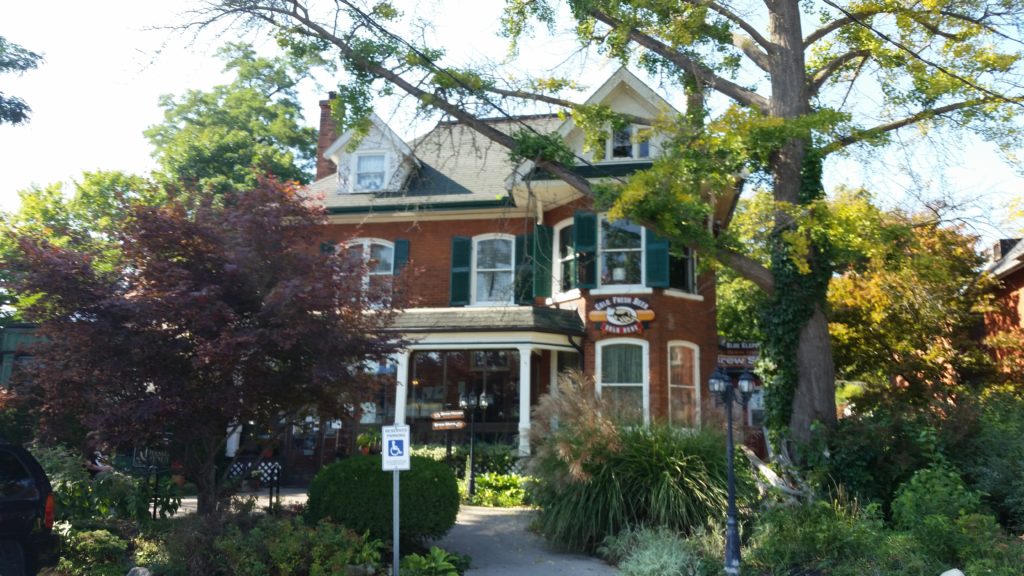
The Blue Elephant’s claim to fame is Gentleman’s Pilsner, brewed especially for Mumford and Sons’ Gentlemen of the Road tour. The Pilsner is certainly something you’d be happy with at a rock show, but the legacy of that concert is pride and community and stories from everyone who I meet. Ted, who was an audio tech in a former life, insists you could hear the performance for five blocks around and clear as a bell. Heather, who owns the Blue Elephant, has been supporting every local business she can find and created an Ale Trail map to promote all the breweries in the region. She talks a little about the vending stalls set up during that festival and the good done for charity. As far away as Delhi, I heard of teenagers headed to and from the festivals and getting rides with police. At a time when the buyout had devalued a county’s worth, the festival was a high point and brought everyone together for miles from Port Dover to Rattlesnake Point. It may as well have been Woodstock, as even people who weren’t there have stories about it.
It is the newest brewery that shows the most promise for the long term. Just outside of Simcoe in a disused Elementary School is New Limburg. The Geven family not only operate the brewery but have made a home in the school as well. There is something pleasingly whimsical about the conversion, where tanks and bottles condition in an old library. The brewhouse is necessarily located in a room with plumbing and the Fleck water softener and that means the men’s washroom has been stripped down and repurposed. A classroom across the hall and past a shelf full of Belgian inspiration is decorated such that you forget generations of people once learned cursive and dipped pigtails in ink.
New Limburg is impressive. Last year writing the guide Mischa Geven drove his samples down to Toronto to talk me through them and we sat at my local pub tasting through his beer. While it didn’t shock me that every single offering has stepped up in quality, the visit has clarified a couple of points that I did not fully understand. Mischa has no training as a brewer and is basically self taught. He designed the electrical panel for the brewhouse himself. His sister works in the lab and his mother designs the labels. The entire family works the tap room. There is no off switch for the Gevens. Their bedrooms are sixty feet from the tap.
All the beers are Belgian in style for the moment and the only criticism I can muster is that the Witbier could poke up its chamomile content a titch if the ingredient is going to be in the description. A few people sat on the patio as we walked in but now the tasting room is full at 2:30 on a Thursday of retirees and motorcyclists out for a drive in the country ordering tasting flights and bitterballen. The pricing belies the quality. At $3.90 a bottle, you can have the best Belgian-style beers in Ontario. There is no pretension. On the way to the car, I’m dumbstruck. It should not be there. It should be in a bigger city or in a different country and the ingredient that makes it exist is the will to realize beauty and whimsy into the world with a discarded building and hard graft.
Graft will be necessary in Norfolk county. They have the aquifer and they have an agricultural research station in Simcoe. They seem to be running out of time. Ginseng won’t grow forever. In four years those fields will be unable to produce that cash crop again and they will haul down the black sails that shade the top leaves.
It could be a vast hopyard, but in order for that to happen the quality has to be there. The varietal selection is vastly important. They have to taste right. What terpenes will that terroir grow into the myrcene and humulene in those cones? It is difficult to say. It seems to me there are three necessary factors: Investment, communication and design.
Writing the Ontario Craft Beer Guide in fall means I talk to brewers using wet hops to brew their fall seasonals. They have eyes on the crop in a way that I don’t. The results seem odd. Frequently varietals from the Pacific Northwest don’t play well with the terroir. Cascade comes vegetal and the bright citrus and pine C hop character seems diminished across that range. German hops work better but express dirty and spicy. I have thought for a year or so that English crossbred strains might be the answer as some of them have a wild Manitoban parentage that ought to work in the latitude.
Now I don’t know. It will be hard to convince farmers to invest in significant acreage without international demand for Ontario product. I think we need a breeding program to create our own varietals. It is not enough simply to grow hops. In order for that to be a meaningful endeavor people must actually want to use them. I think this begins with hop growers across the province sharing information about varietals in different terroir microclimates. Whether Simcoe or Prince Edward County or Blue Mountain, this requires communication, professional tasting panels, significant analysis, and an understanding of exterior market trends.
It is not an insoluble problem. It will be solved by whoever shows up and it will be contested by whoever has the will to man the plow. We’re in the early stages of Norfolk County pointing the way. It is hard to think ten years ahead, but the effort would be rewarded. In the Pacific Northwest hops can go for $25,000 an acre, the difference between $2 a pound for tobacco and $15 a pound for the best hops. All this now requires is the vision to make it happen and, of course, the work.
My back still aches when I hear that word.
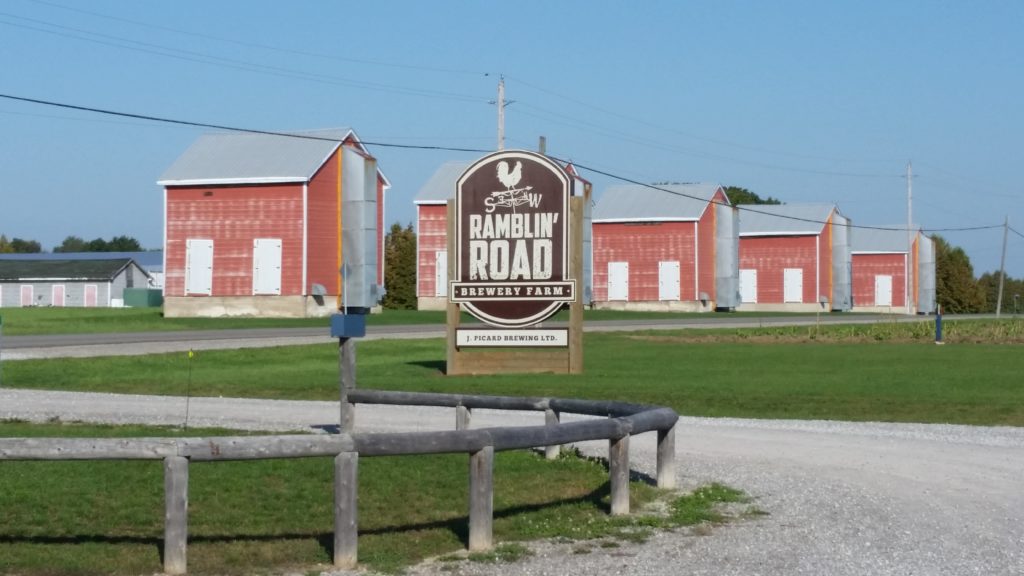
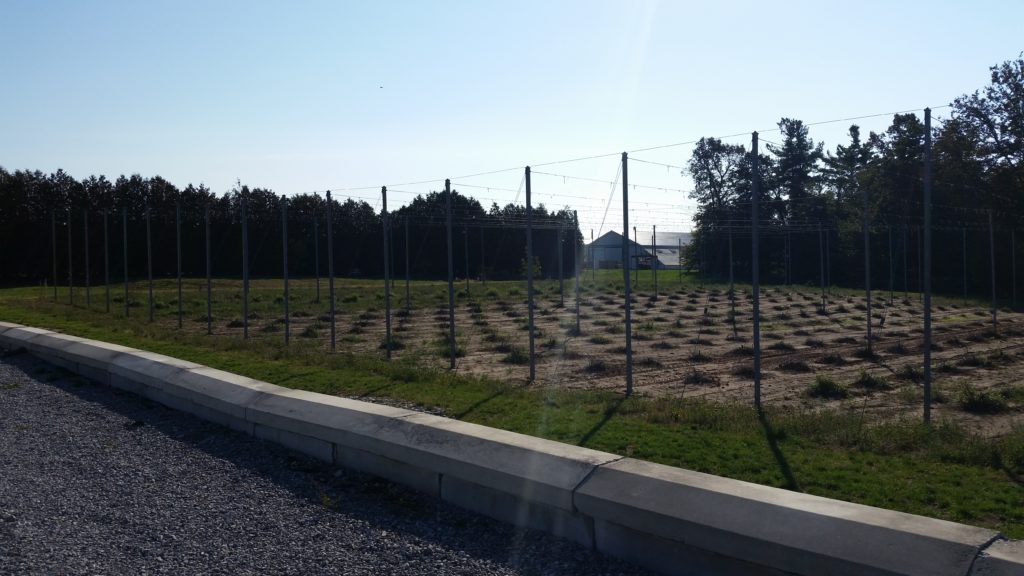
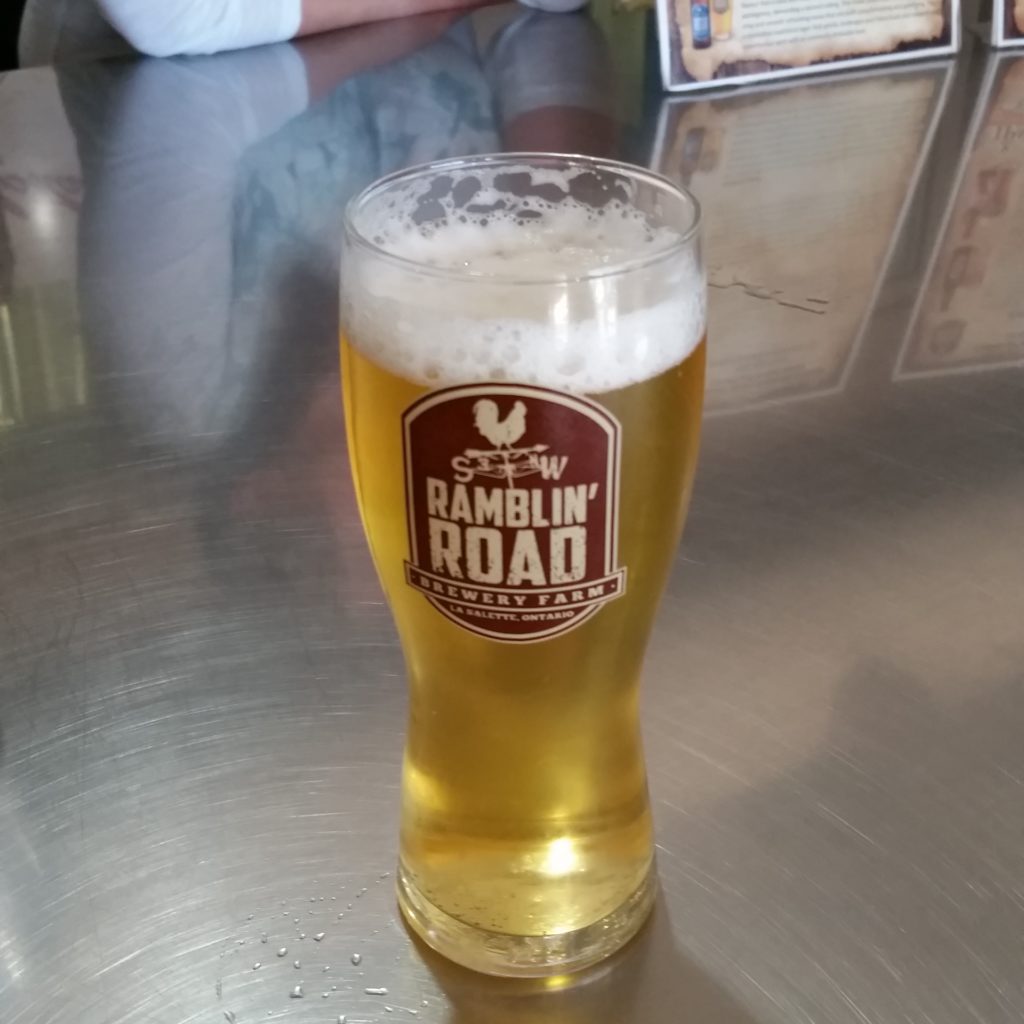
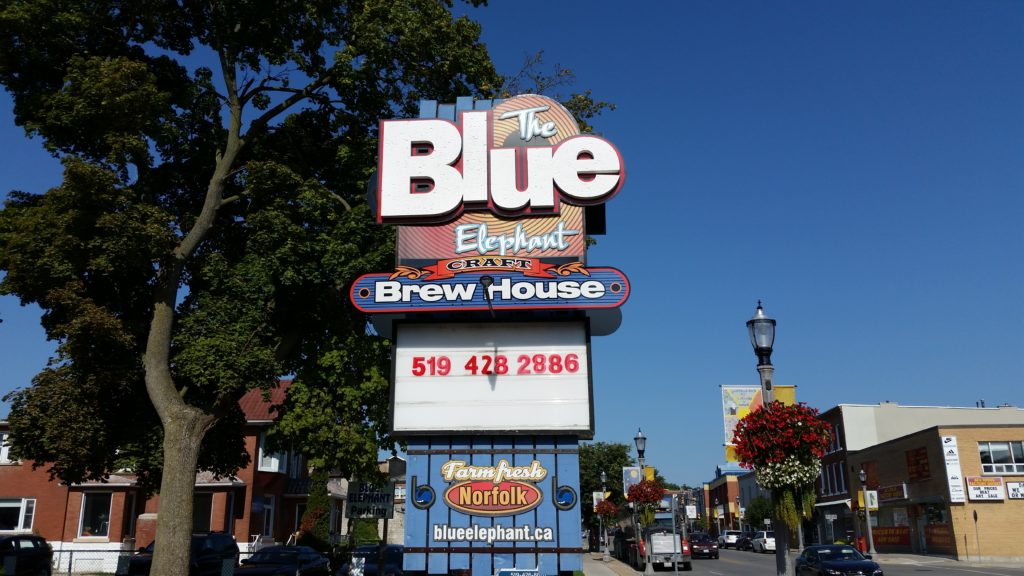
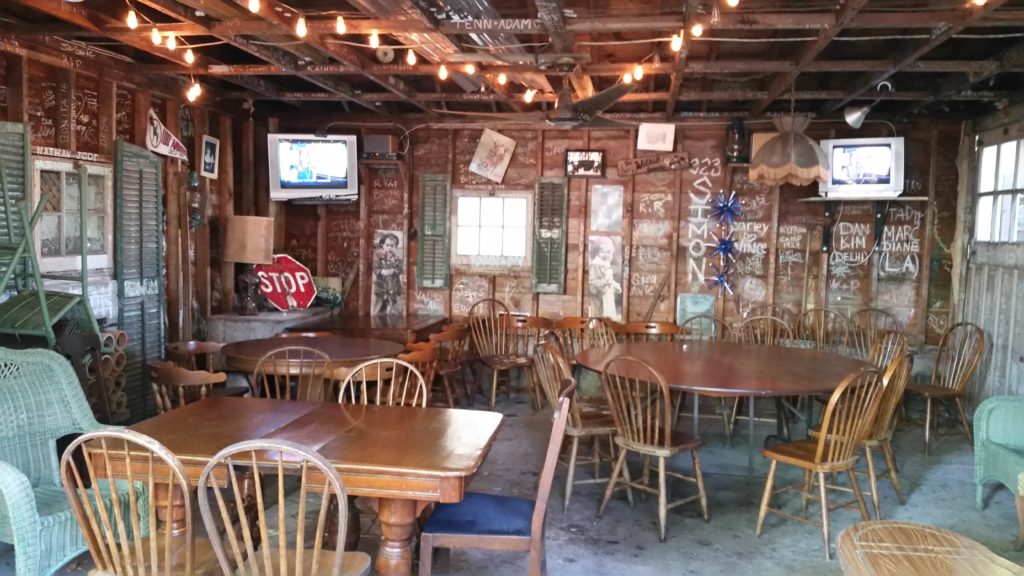
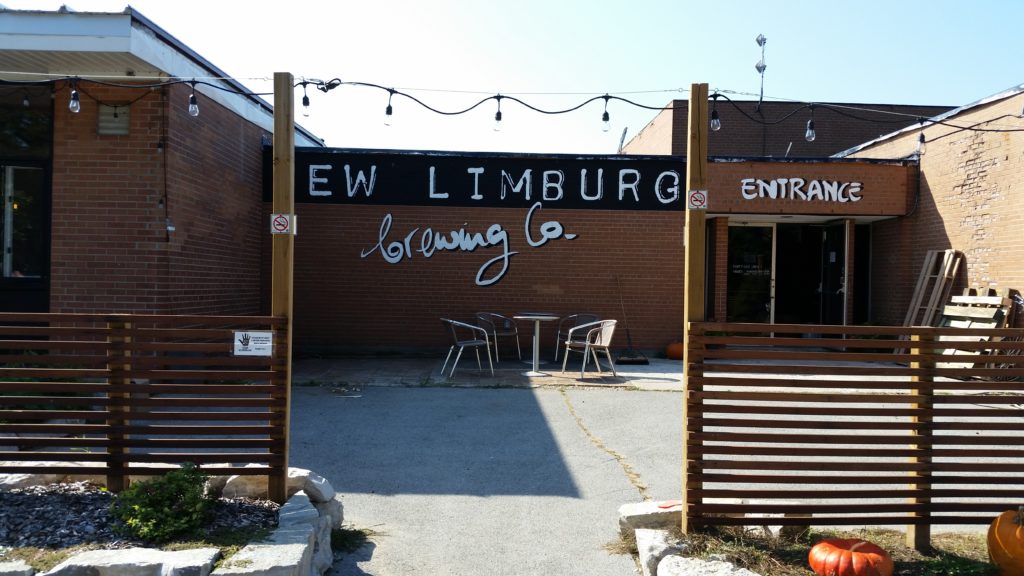
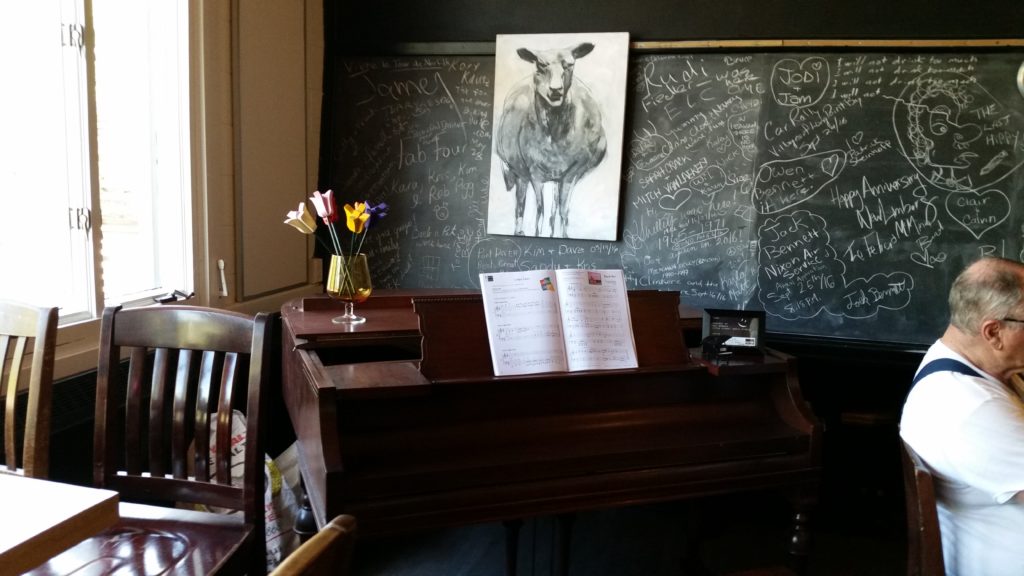
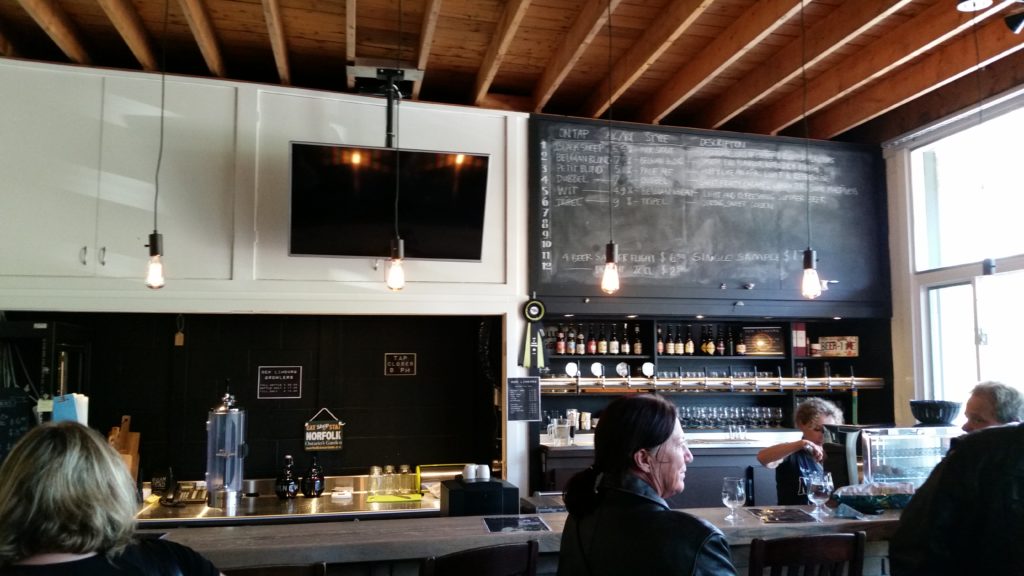
I spent time in Norfolk and Simcoe and the Blue Elephant this year, down for a weekend and an outdoor Alex Pangman concert near Turkey Point, at a small and burgeoning winery. The winery was situated close to the lake to advantage themselves of its modifying effect while protected from its winter gales by kilometer wide thickets of Carolinian forest and Norfolk pine.
The one thing that stuck me about the locals was how straight forward and focused they were. If an opportunity stood before them and a scratched out business plan made sense to the local banker it just got done. The beer wouldn’t gave made it out of the region but that didn’t matter. Just git ’em done learn how to do it, please a few folk, create a commercial network of allegiances. All the finessing and marketing would come later Not once did I hear the phrase ‘Craft Beer’ or the word ‘Artisnal’.
Your article tonight Jordan reinforces my initial impressions and beautifully renders the past in
toning the future in this matter of fact corner of our Province. I enjoyed reading it immensely.
Jeffrey Poulin